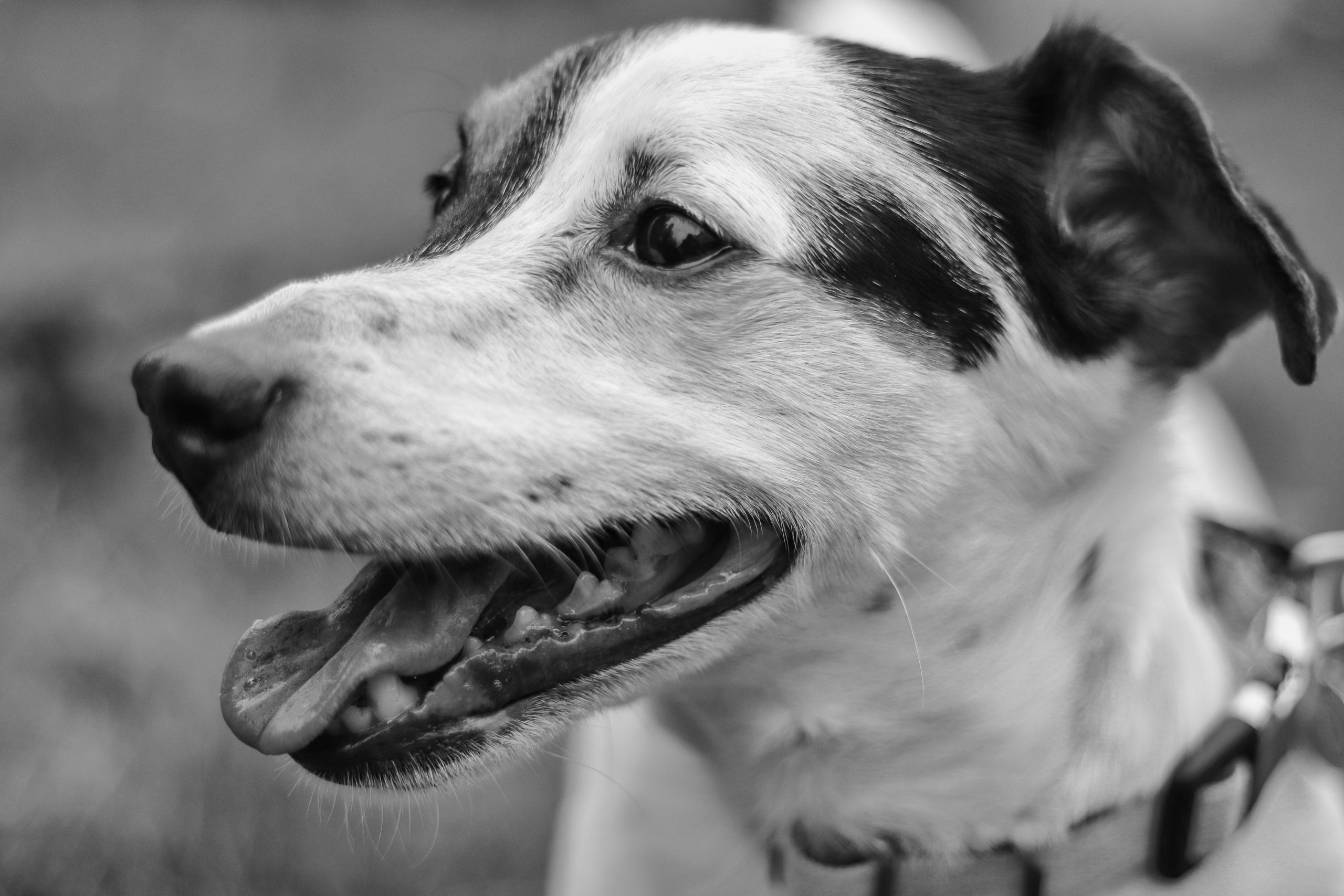There are occasions in many dogs’ lives where it becomes necessary for them to wear a protective collar. Traditionally these Elizabethan (cone) style collars (aptly named to mimic “ruffs” which were fashionable during the Elizabethan era) act as a barrier and restrict access to much of the body to protect dogs from self-harm.
The goal is to protect a wound or such from the dog itself, as scratching, licking and chewing can interfere with the healing process.
Types of recovery collars
Wearing a correctly fitted recovery collar means that the dogs head is isolated from the body and the location of the injury. Whilst the cone shaped recovery collar provides this function it can be cumbersome and can make sleeping, eating and drinking an awkward experience not to mention walking through narrow spaces or doorways.
As an alternative to the cone-shaped collars, there are a range of inflatable ring style collars which gives the appearance that the dog is wearing a doughnut around its neck. These collars limit neck manoeuvrability, and whilst they may be a more comfortable option, as it does not come up to the dog’s line of vision, it may not be suitable for all dogs as it does not prevent access to the whole body in the same manner of the cone style collar.
Both styles of collars are designed to serve a purpose yet each has its own special considerations. When opting for an inflatable ring style collar consider the wound location, given its distinctive design it may not limit the dogs’ access to his extremities as efficiently. Also consider the length of the dogs’ muzzle which will determine to what extent a dog can reach around the inflated version. For example, longer nosed breeds would have greater scope in reaching past an inflated collar than a brachycephalic (short-nosed) breed.
Reactions to a recovery collar
For those who have raised a puppy, you may remember their initial reaction to their first flat collar. Whilst the puppy’s reactions may have varied in intensity and length, most will exhibit scratching, pawing, freezing, stop-start motion, even rolling around and trying to bite at the collar. Despite their attempts to rid themselves of this new sensation, most puppies become habituated to the collar’s presence and accept that it does not cause them any harm.
This is the quite often the reaction of many adult dogs when they are first fitted with a recovery collar; it’s a new restrictive sensation that feels alien to the dog and it makes sense that they would attempt to remove it. There are times where it is unavoidable and a dog has to be fitted with a recovery collar immediately, such as following emergency surgery. However, as a general rule where surgery is scheduled days or weeks in advance, this presents an opportunity for pet owners to pre-emptively condition their pet to the recovery collar. Taking time before surgery to familiarise the dog with the collar can serve to reduce any stress or anxiety associated with the unusual sensation, and ensures that correct fit and design has been selected to suit the individual’s needs before the surgery takes place.
Applying the principles of classical conditioning
With a little patience and preparation, dogs can be encouraged to accept wearing a recovery collar. The Theory of Pavlov’s Dog has taught us the value of applying classical conditioning techniques in a desensitising program, whereby a neutral stimulus can become meaningful to a dog when followed by something that elicits a natural response. Placing a recovery collar on the dog provides the potential to develop an association, whether it be positive, negative or neutral. Applying the principles of classical conditioning affords us the opportunity to sway the scales in favour of a positive response. Taking time to condition the recovery collar before surgery, can limit the potential to form any negative association between the collar and post-surgical discomfort. Dogs conditioned to the collar will have less cause to throw themselves about in an attempt to dislodge it which is far more beneficial to their recovery.
By utilising food rewards, we can begin by simply luring the dog’s head into the cone for only a few seconds at a time, repeating this multiple times, and then removing the collar. By repeating this several times, the dog may begin to understand the game and place his own head into the collar when it is presented. Once the dog is comfortable placing his head into the collar, extend the period of time it stays on his head by feeding treats/food at varied intervals. For example, 1 second – treat, 4 seconds – treat, 2 seconds – treat, and 6 – seconds treat remove collar then repeat. Ping-pong this treat timing interval, then remove the collar.
By doing this for a few days, the dog’s emotional response when the collar is brought out is far more likely to be a positive one. Continue to extend the length of time the dog accepts wearing the collar and reward, accordingly. Find other ways to build the positive association. For example, place the collar on the dog, feed him his dinner and then remove the collar. Gradually, try to get the dog to move around with the collar in place. It only has to be one or two steps at a time initially as this will build confidence.
By turning the whole process into a step-by-step acceptance game, this will help the dog to adjust in incremental stages over a period of time. Providing rewards helps build a positive association and helps us reduce the potential for any additional stress for our canine companions.





